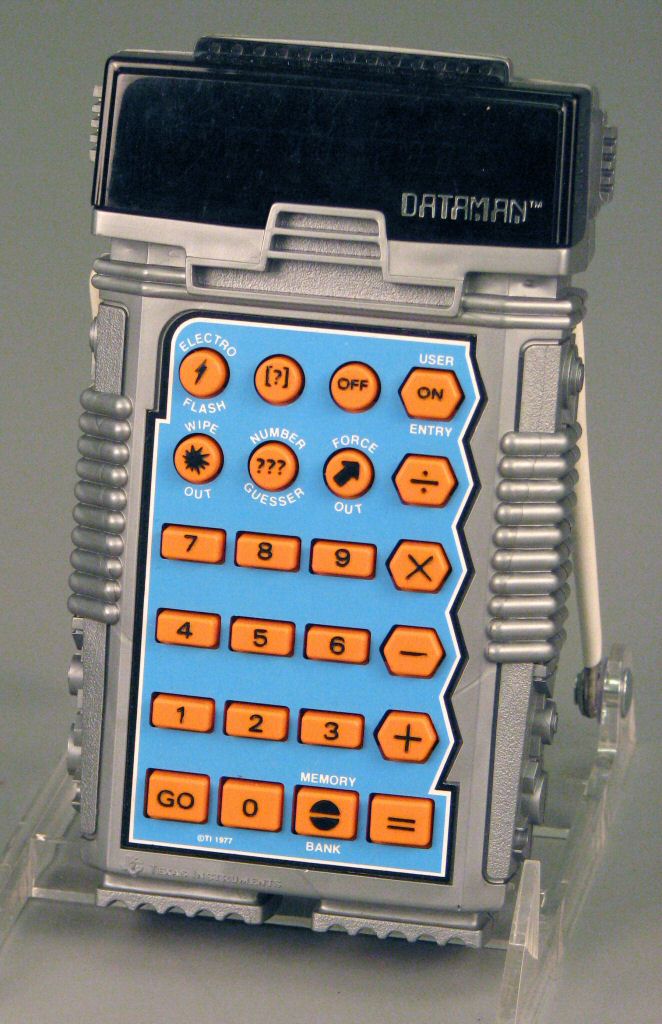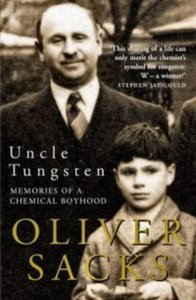I was a math kid, one who enjoyed solving simple problems of multiplication and division, arithmetic and subtraction. For many years my favorite toy was DataMan, a calculator themed as a space hero that was created in the late 1970s by Texas Instruments, the same company that introduced not only the portable calculator but also such electronic toys as the Little Professor and Speak n Spell. Still, none of these simple calculations captured my fancy the way prime numbers did.

I can’t remember when I first discovered prime numbers—that sequence of numbers that are evenly divisible only by 1 and themselves—but something about their uniqueness and beauty bewitched me. They were endless—there is no end to prime numbers—and they hint at a pattern, but they stubbornly resist being pinned down. Some things are obvious—no even number is prime except two. They come thick and fast at first. There are eight primes before you reach 20
2, 3, 5, 7, 11, 13, 17, 19, …
They slow down after that, but their sequence is never regular. There are four from 20-39, five each from 40-59 and 60-79, and only three from 80-99. After that there is no discernible pattern or formula, though I was determined to find out, laying them out in patterns, in groups, even attached somehow to different shapes (I can’t remember what connection I saw between the sides of a polygon and the order of primes, but I vividly remembered mapping them on top of each other).
During classes, when my mind began to drift, I would fill the margins of notebooks with columns of prime numbers (something I still sometimes do if a meeting goes too long). At night, rather than count sheep, I often calculated primes, unspooling them in my mind until I began to reach the higher numbers I didn’t know by heart, working backwards and employing tricks to calculate whether 271 was prime (yes) or 279 was prime (no). The latter was easily determined not to be prime because the sum of its digits (2 + 7 + 9) was 18 which was divisible by 3–any numbers whose digits could be summed and divided by three were themselves divisible by three, and ipso facto not prime.

At this point, I’ve perhaps lost you, for I’ve met few people in life who share my fascination with primes. I’m not saying they’re not out there, it’s just not a topic that comes up much at parties or, if it does, is met with much enthusiasm or an eagerness to discuss further. That’s perhaps why I was so delighted when reading the eminent psychologist Oliver Sacks’s memories of his childhood, Uncle Tungsten, to find that he too had been mesmerized by primes as a boy. He wrote:
“I particularly loved prime numbers, the fact that they were indivisible, could not be broken down, were inalienably themselves. (I had no such confidence in myself, for I felt I was being divided, alienated, broken down more every week.) Primes were the building blocks of all other numbers, and there must be, I felt, some meaning to them. Why did primes come when they did? Was there any pattern, any logic to their distribution? Was there any limit to them, or did they go on forever? I spent innumerable hours factoring, searching for primes, memorizing them. They afforded me many hours of absorbed, solitary play, in which I needed no one else.” (pp. 26-27)
Here was a kindred soul! I suspect, for real mathematicians, prime numbers are child’s play—but for me they possessed an ineffable combination of tangibility and elusiveness that was endlessly fascinating.
When I discovered computers in middle and high school in the 1980s, I found a new way to play with primes. Now, rather than trying to step my way through the tricky paths of prime calculations in my head, I could devise algorithms that solved these problems for me. Using my parent’s Apple IIe computer, I wrote programs in BASIC to calculate primes. I loved seeing how they spilled out, fast at first, then slower and slower as the demands of calculating primes taxed the limits of the machine. I even commandeered the mainframe at the university where my dad taught, but that even slowed down after a while.
So, I set about trying to find more efficient ways to calculate primes. The easiest thing, of course, was to confine the counting and the division only to odd numbers. After listing 2 as prime you just had to divide every odd number by every other odd number. Over time, even that would bog down the program, so I began experimenting with different ways to make the programming more efficient. What if I stored every prime already solved in an array and then just divided each number by the members of the array rather than all the numbers that preceded it? In the early numbers this slowed the computer down, but later on the program ran more quickly.
What’s the point of all this? I don’t know. But that’s probably true of almost all play—it has no point, no end. Like prime numbers, play ceaselessly unfurls, never reaching an ultimate destination. What was the benefit of my play with primes? I don’t know if there was any, besides the development of a certain facility with numbers through mental calculation, though I never became a mathematician or even a programmer (despite starting off as a computer science major in college). I played with primes because at some level, doing so was fun. And as Johan Huizinga states in his foundational text on play, Homo Ludens, “it is precisely this fun-element that characterizes the essence of play.”
Still, I can never quite shake the feeling that my love of playing with primes was just a little odd, and that’s why it was such a delight to find in Oliver Sacks a fellow fan of primes—it’s always easier to be a little weird when you find other weirdos in the world along with you.


